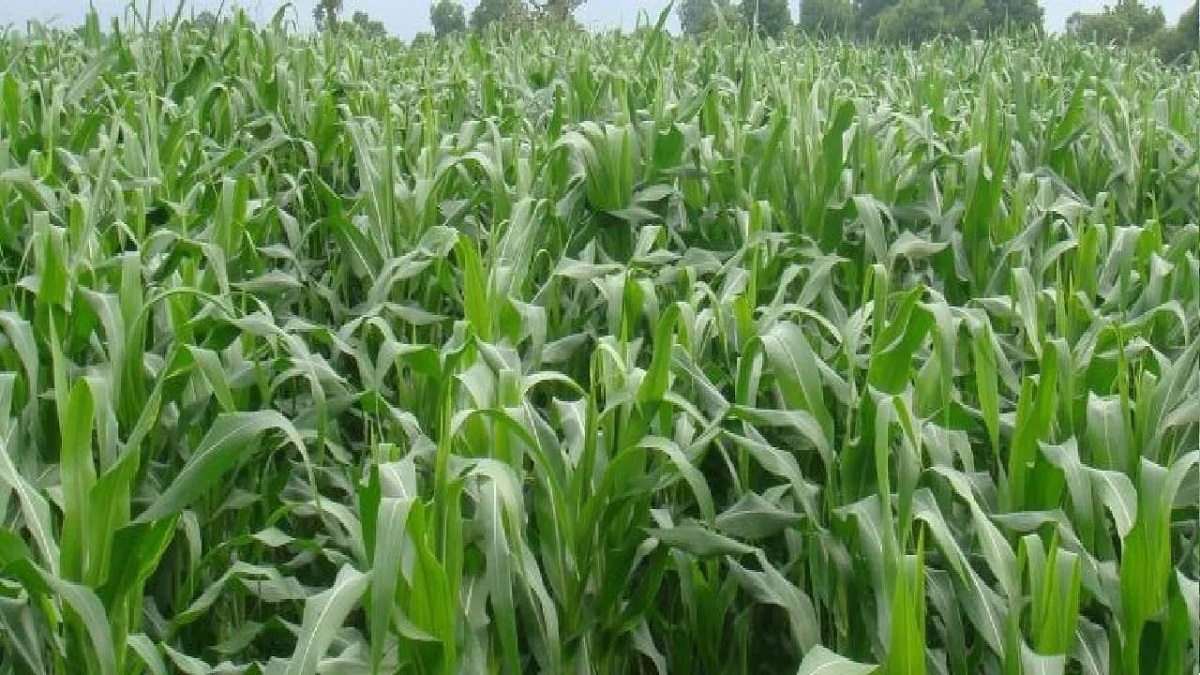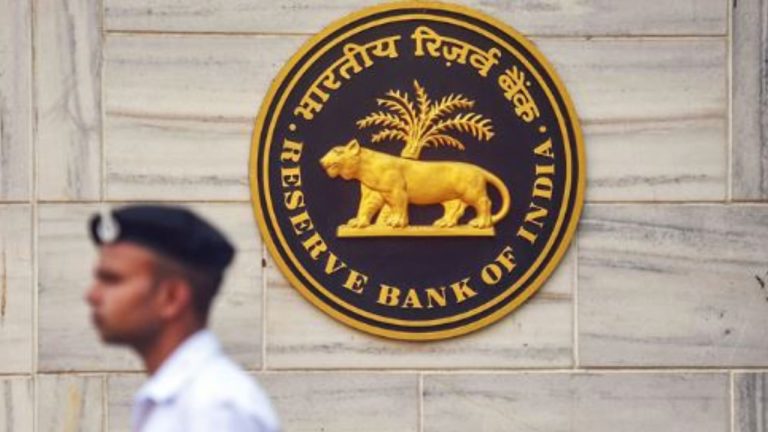Subal News: 16-year Kusaha Tragedy: Farmers cover their own sandy land with Dhani Sunar.
Subal News: A decade and a half i.e. 16 years is nothing less. A lot has changed over the years. Even after the Kusha tragedy, everything changed. Where four days ago the fields were flourishing, an endless pile of sand loomed in the distance. Here the lives of hundreds of people became like sand. People were disillusioned and disillusioned, but did not lose heart, and now the dusty ground of this muddy region has begun to change. Farmers have given green to this sandy land of Kosiganha with their hard work and now it is starting to look like a new bride. Farmers of Subal's Basandpur block have eased the pain of the Gusaha tragedy by applying the balm of hard work that left their fields barren due to the floods of 2008. Farmers have succeeded in replanting the fields with 05 to 07 feet of sand and getting better yields. After the 2008 Gusha tragedy, fields in the flood-affected area were piled high with sand. Farming in these sandy fields was believed to be difficult, but farmers proved that with the help of hard work, gold could be produced even in sand. Thick sand has accumulated over an area of about 30 thousand hectares in Parmanandapur, Ranipatti, Mohanpur, Banalipatti, Shankarpur, Balabhadrapur, Kochkama, Kushahar etc. Farmers were disheartened. But the farmers did not lose their courage and the sandy fields also started yielding. A variety of crops began to grow in the fields, and prosperity returned to the peasantry. Seeing one, the other farmers also started working hard in the fields. Apart from traditional crops, farmers are currently cultivating fruits, vegetables and maize in these fields. Farmers here are also doing well in banana cultivation. At present banana cultivation is going on here in about 150 hectares. The bananas produced by the farmers here have a market in Nepal. Pibrahi Nag village has been declared as an organic village by the agriculture department so that organic farming can be promoted. Today every family in this village has its own earthen bed. Farmers here use only self-made vermicompost on their crops. However, farmers in the region still face the issue of improved seeds and weed control. Farmers Harilal Mandal, Manman Das and others said that farmers need guidance and help. Due to the accumulation of sand in the fields, there is a need to supply more water to the fields. Here, if irrigation requirements are met, farmers can grow better crops. When the floods hit in 2008, no one would have thought that a story of such great destruction would be written, says farmer Harilal Mandal. At that time the fields here had a good yield. But the sand that came after the tragedy made the fertile fields barren. With our hard work we made the fields fertile again. Four to five feet of sand accumulated in the fields, removed and re-fertilized. There are mostly farmers like us who have made the barren land rich with their hard work. There were no crops before 2008, and after 2008 the yield decreased. However, one has to work equally hard. Farmer Harinandan Sah says that earlier they used to grow crops like paddy, wheat and moong. But now only paddy and corn are grown. If native land is, it cannot be left. The post Supaul news: 16 years of Kusaha tragedy: Farmers themselves covered sandy land with Dhani Sunar appeared first on Prabhat Khabar.






